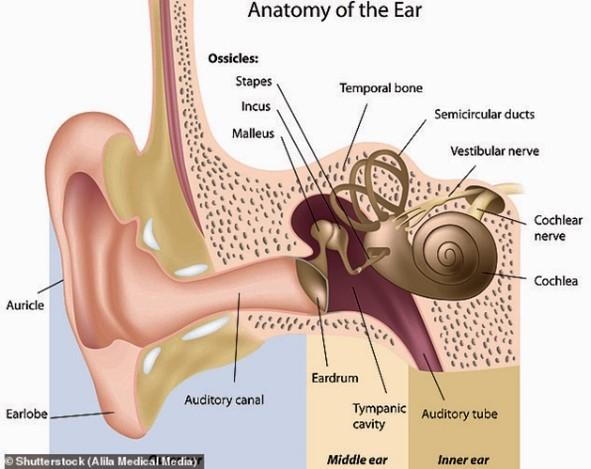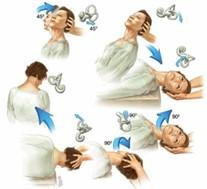- posted: Sep. 11, 2023
“What is causing my vertigo, Doc, and how do I get rid of it for good?”
Two of the biggest misconceptions about vertigo are that it is the same thing as being dizzy and that it is a disease. Dizziness and vertigo may present in similar fashions, but they are, in fact, different symptoms. Vertigo is just that, a symptom, not a disease. It becomes present due to an underlying condition or disease such as vestibular neuritis, Meniere’s disease, tumor to the brain stem, or Benign Paroxysmal Positional Vertigo (BPPV). These conditions are not created equal and often create other distinguishable symptoms.
Vertigo comes on insidiously and affects approximately 15% of adults worldwide with less than 2% being considered severe and correctible by surgery. The more severe cases often present as central vertigo, where a tumor is pressing on the cerebellum or brain stem. While the majority of all vertigo symptoms are characterized as peripheral vertigo with BPPV being the most common and most easily treated. We will focus on BPPV here, but be aware Meniere’s disease and Vestibular Neuritis are other forms of peripheral vertigo.
As previously mentioned, vertigo is a symptom of an underlying condition, but typically vertigo presents as a sensation of feeling off-balanced where you feel like you are spinning or the room around you feels like it’s spinning. These symptoms have been shown to vary from person to person with symptoms lasting anywhere from seconds to months in duration, with women being 3 times more likely to acquire the symptoms compared to men. Accompanying symptoms of vertigo include nausea, vomiting, sweating, headache, tinnitus (ringing in the ears), and nystagmus (abnormal jerking of the eyes).
Benign Paroxysmal Positional Vertigo is the most common form of vertigo that is not life-threatening in and of itself but can cause you to feel unstable and fall. BPPV can occur due to trauma or simply your head being in an unfavorable position for too long. In both cases, the inner ear endures a change in anatomy.
The inner ear is made up of three semicircular canals and a cochlea that together make up the vestibular labyrinth. Inside this labyrinth are fluid, fine hair-like particles, and small crystals called otoliths. The otoliths help us with the equilibrium of our bodies in relation to gravity. When these otoliths become dislodged or move into a position, they weren’t originally intended for our brain responds by making us feel disoriented and unstable.

Benign Paroxysmal Positional Vertigo is more prevalent for those over 50 and often dissipates on its own with no medical or therapeutic intervention needed. However, when the symptoms become more prevalent it warrants a consultation with a medical professional for further treatment. A medical provider will determine if BPPV is present with head positioning tests accompanied by an eye exam looking for abnormal jerking of the eyes. Once it is determined whether the right inner ear or the left is the cause of the vertigo symptoms a therapeutic exercise will be administered to alleviate the symptoms.
The exercise used by physicians is Epley’s Maneuver which incorporates gradual re-direction of the head and body to reposition the otolith that was dislodged inside the semicircular canal. It often takes a few treatments of Epley’s Maneuver at home or with your physician to get full relief of vertigo symptoms. If no relief is found consult with your primary care physician for possible medical interventions to suppress the activity of the inner ear and allow it to rest. (Drugs.com, June 2023) When vertigo lasts more than a couple of days seek professional care from your nearest chiropractor, physical therapist, or general practitioner.

Locations
212 Main Street
Stevensville, MT 59870, US
Office Hours
Our Regular Schedule
Closed
Closed
7 AM
6 PM
8 AM
6 PM
7 AM
6 PM
8 AM
6 PM
Closed
Closed
Closed
Closed

